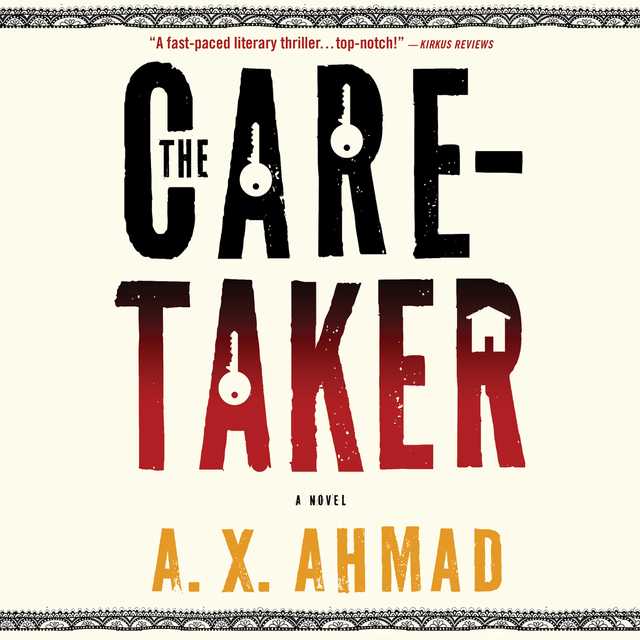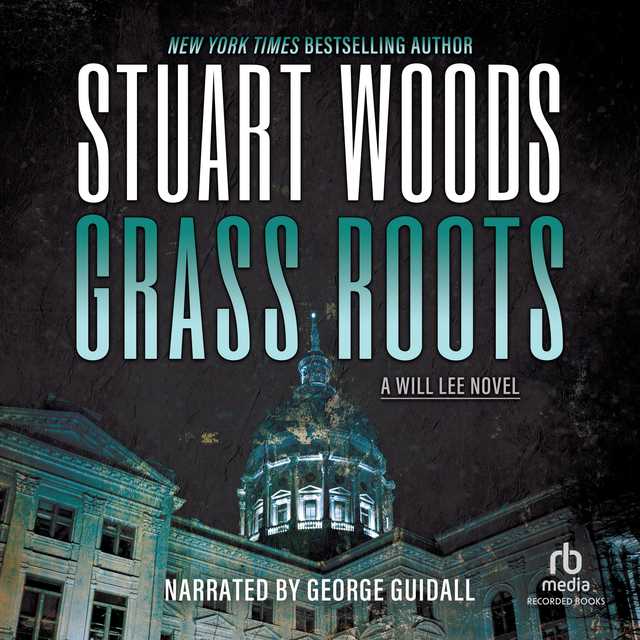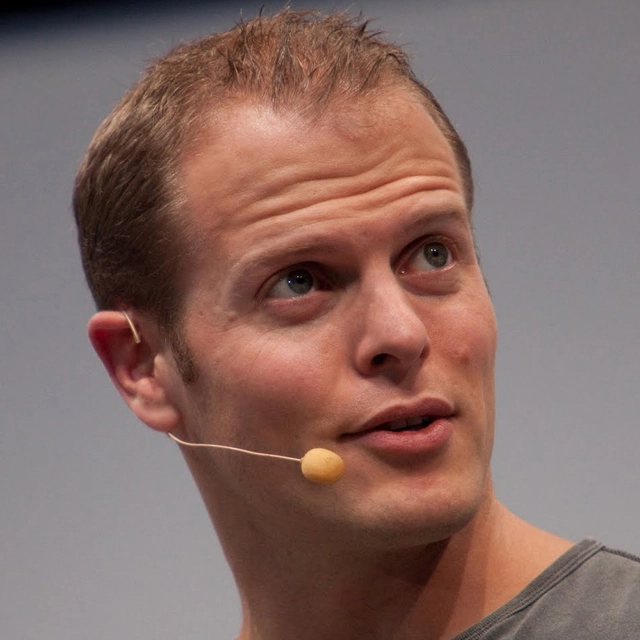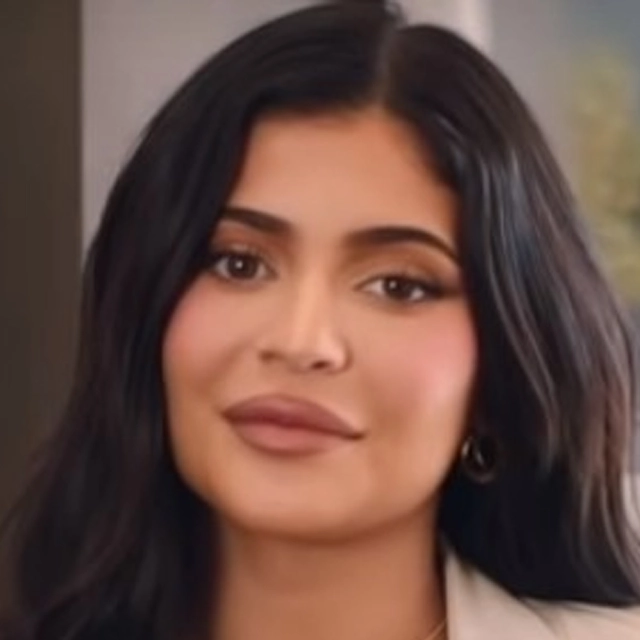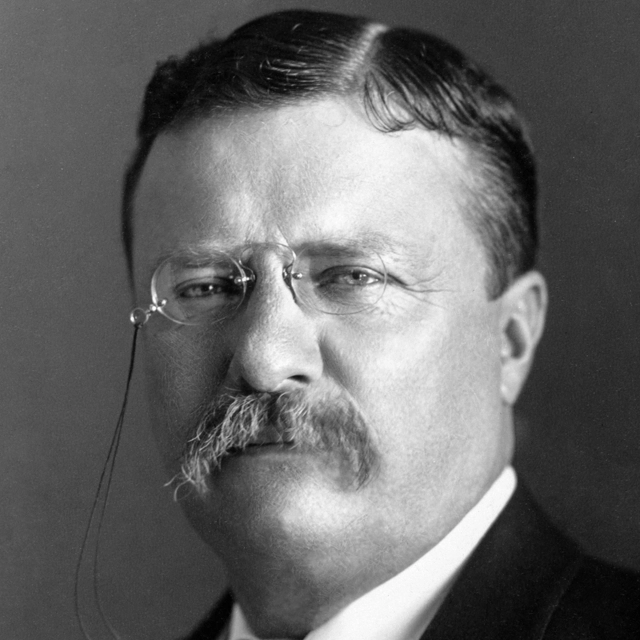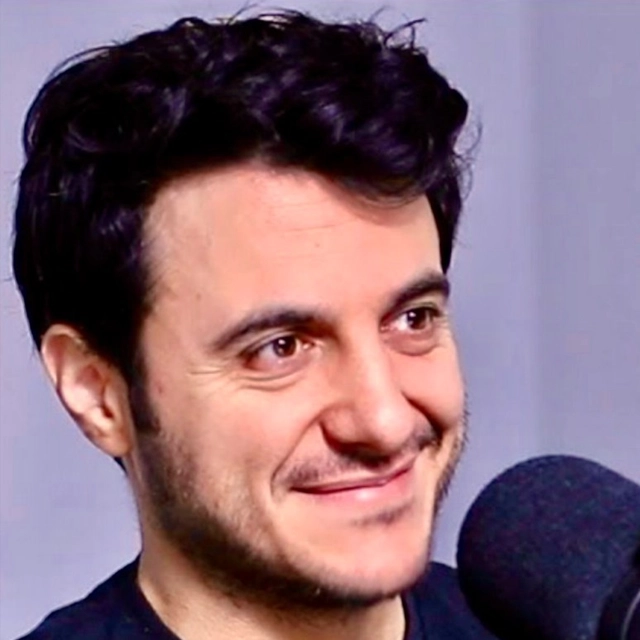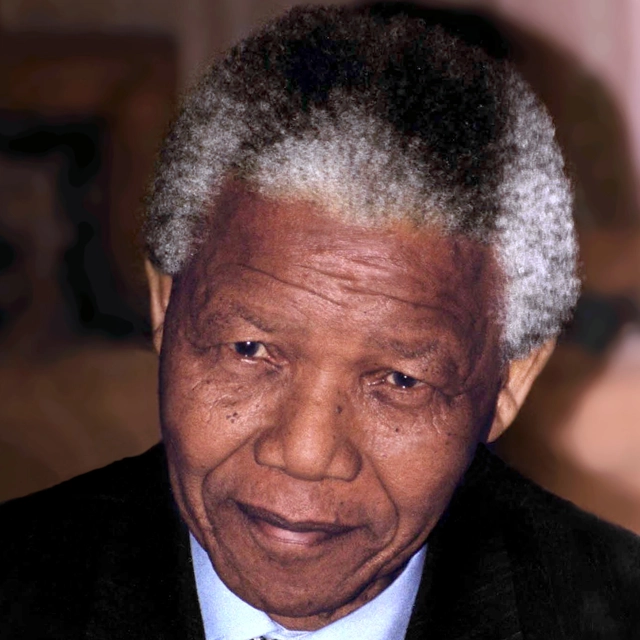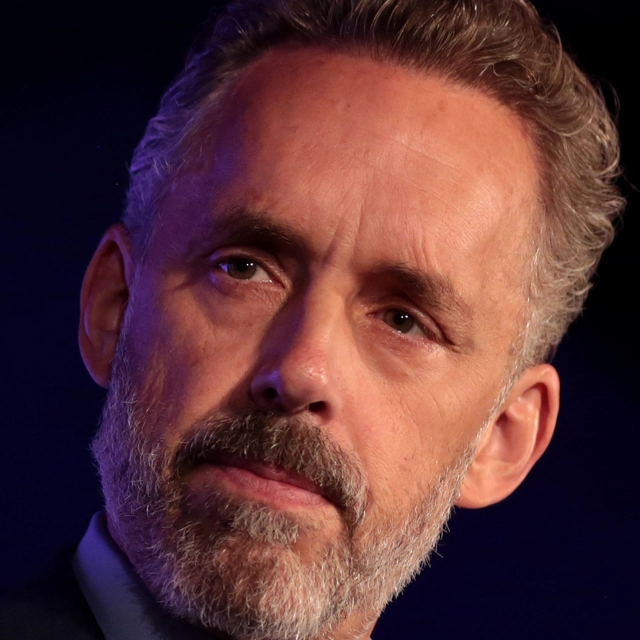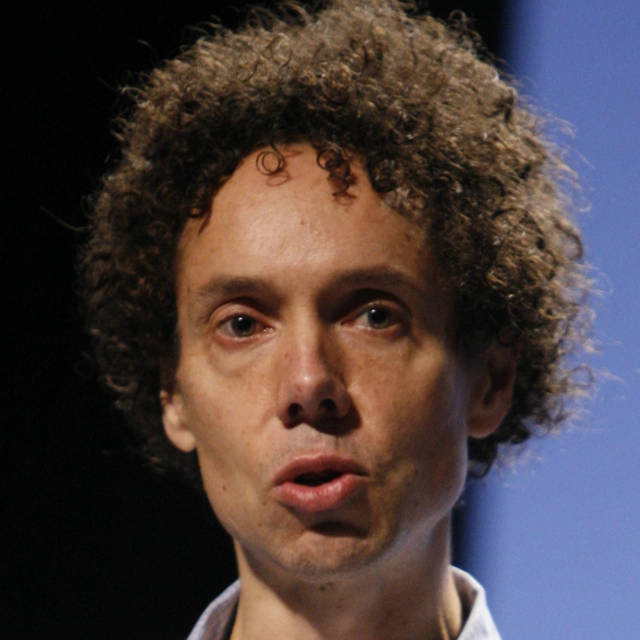A Brief History of Earth Audiobook Summary
How well do you know the ground beneath your feet? A primer for every Earth resident, by Harvard’s acclaimed geologist.
“A sublime chronicle of our planet.” –Booklist, STARRED review
Odds are, where you’re standing was once cooking under a roiling sea of lava, crushed by a towering sheet of ice, rocked by a nearby meteor strike, or perhaps choked by poison gases, drowned beneath ocean, perched atop a mountain range, or roamed by fearsome monsters. Probably most or even all of the above.
The story of our home planet and the organisms spread across its surface is far more spectacular than any Hollywood blockbuster, filled with enough plot twists to rival a bestselling thriller. But only recently have we begun to piece together the whole mystery into a coherent narrative. Drawing on his decades of field research and up-to-the-minute understanding of the latest science, renowned geologist Andrew H. Knoll delivers a rigorous yet accessible biography of Earth, charting our home planet’s epic 4.6 billion-year story. Placing twenty first-century climate change in deep context, A Brief History of Earth is an indispensable look at where we’ve been and where we’re going.
Supplemental enhancement PDF accompanies the audiobook.
Other Top Audiobooks
A Brief History of Earth Audiobook Narrator
Tom Parks is the narrator of A Brief History of Earth audiobook that was written by Andrew H. Knoll
Andrew H. Knoll is the Fisher Professor of Natural History at Harvard University. His honors include the International Prize for Biology, the Charles Doolittle Walcott and the Mary Clark Thompson Medals of the National Academy of Sciences, the Paleontological Society Medal, and the Wollaston Medal of the Geological Society of London. For nearly two decades he served on the science team for NASA’s Mars Exploration Rover mission. Knoll is also the author of Life on a Young Planet, for which he received the Phi Beta Kappa Book Award in Science.
About the Author(s) of A Brief History of Earth
Andrew H. Knoll is the author of A Brief History of Earth
More From the Same
- Author : Andrew H. Knoll
- Life on a Young Planet
- Publisher : HarperAudio
- Abraham
- American Gods [TV Tie-In]
- Dead Ringer
- House of Sand and Fog
- Prey
A Brief History of Earth Full Details
| Narrator | Tom Parks |
| Length | 4 hours 57 minutes |
| Author | Andrew H. Knoll |
| Category | |
| Publisher | HarperAudio |
| Release date | April 27, 2021 |
| ISBN | 9780062853943 |
Additional info
The publisher of the A Brief History of Earth is HarperAudio. The imprint is HarperAudio. It is supplied by HarperAudio. The ISBN-13 is 9780062853943.
Global Availability
This book is only available in the United States.
Goodreads Reviews
Jason
April 30, 2021
This was a nice, breezy tour of everything from the formation of the earth, its early geologic history, to the emergence of life, the transformation of the atmosphere, mass extinctions, animals, and humans. It begins and ends with a plea on climate change and the environment. All of it felt up-to-date and reliable, nice pictures and tables, but more of a review than any sort of original argument or synthesis. Not a criticism, just makes it more workmanlike useful to read than especially memorable.
Robyn
May 16, 2021
Deep earth history!Really liked reading this for more information on topics including plate tectonics and the oxygenation of Earth’s atmosphere. Very cool dive into flora and fauna of early seas, and then onto land. And neat explanations of volcanism and glaciers, how this can change world-wide climate, and levels of various gases. I’d say this was a very approachable book, it is written for anyone with an interest in Earth’s geological history and how life interacts with the planet.
Jamie
December 13, 2022
I had previously read Andrew Knoll’s Life on a Young Planet: The First Three Billion Years of Evolution on Earth, and enjoyed it, and I liked this one as well. The book is popular science, and there is no math or physics to be found, which limits the depths to which the book can describe events, but the author has a talent for making complex phenomena easily accessible.For instance, he provides a brief account of one hypothesis for the Snowball earth phenomenon approximately 650 million years ago: volcanic rocks absorb vast amounts of CO2 as they weather, removing it from the atmosphere. If there had been a great deal of volcanic activity among low-latitude continents, the warm weather there would have caused the lava beds to erode rapidly, pulling CO2 out of the atmosphere, cooling the earth, and initiating glaciation. As the ice spread from the poles, it would have reflected more and more of the sun’s radiation back into space, further cooling the planet, until the whole world was trapped under a blanket of ice. However, volcanoes giveth and they taketh away, and after a time renewed volcanic activity could have melted some of the ice, pouring new CO2 into the atmosphere where it trapped heat, raised global temperatures, and pushed the glaciers back toward the poles.Early in the book there is an informative graphic showing the percent, by weight, of elements in the earth, and in the cells of the human body. In the earth, Iron (33%), Oxygen (31%), Silicon (19%), and Magnesium (13%) make up 96% of the total. Nickel (1.9%), Calcium (0.9%), and Aluminum (0.9%) add another 3.7%, and everything else, all those other naturally occurring elements in the periodic table, account for the remaining 0.3%.Similarly, in the human body Oxygen makes up 65%, Carbon 18%, Hydrogen 10%, Nitrogen 3%, Calcium 1.5%, and Phosphorous 1.0%. Together they account for 98.5% of our bodies by weight.Another explanation which I liked was the transition to oxygen-based photosynthesis. For three billion years, since the origin of life on earth, living things were microscopic single cell bacteria and archaea, extracting what energy they could from inefficient anoxygenic photosynthesis processes using hydrogen sulfide. Then, however:There is reason to believe that, driven by large-scale Ediacaran mountain building, more nutrients became available in the oceans. In the modern sea, cyanobacteria continue to be important members of the plankton where nutrients are scarce, but eukaryotic algae tend to dominate where nutrient levels are higher. The pattern we see today in space suggests what happened during Ediacaran times. More nutrients, more photosynthesis by diversifying algae. More photosynthesis, more food and oxygen, and – more than three billion years after life began – a world capable of supporting large, energetic animals. (p. 127)The book’s eight chapters start from the very beginning, the consolidation of a cloud of interstellar gas and debris from previous generations of stars, and then proceed step by step to our modern world. The chapters are: Chemical Earth, Physical Earth, Biological Earth, Oxygen Earth, Animal Earth, Green Earth, Catastrophic Earth, and Human Earth. They are chronological in sequence, but also move forward through increasing levels of complexity as life finds ways to capitalize on new sources of energy.The book is a good general introduction to its subject, accessible to anyone, so I was dismayed to see that Amazon also sells two different summaries, which were clearly written for students who don’t want to do the reading for their class, who are determined to put in the absolute minimum level of effort. Why bother to actually learn things, when you can manage a passing grade by reading a twelve page summary? But for people who do want to learn something, read the book; it is worth your time.
Trevor
August 11, 2021
A Brief History of Earth summarized all of Earth’s history into 8 chapters, and it was incredibly well done! With a degree in geology, a lot of it was familiar to me, but there was SO much I learned about when it came to biology and paleontology. It put a lot of what I learned in college into a concise summary and I was able to wrap my head around things I hadn’t fully understood before. Absolutely loved this educational book!
Klaudia
January 26, 2023
Będąc szczera gdyby nie nawiązanie do dickensa(
Danya
February 01, 2023
Did not realise how much i would learn about rocks in this book! Pretty nice overview of history but sometimes assumes my brain can retain all the types of rocks it mentions and it just can't
Lewis
August 25, 2022
This was a comprehensive overview of Earth's history. A tour of everything from the formation of the earth, and its early geologic history, to the emergence of life, the transformation of the atmosphere, mass extinctions, animals, and humans. It begins and ends with a plea on climate change and the environment. All of it felt up-to-date and reliable. This is more of a review than any sort of original argument or synthesis. More a workmanlike and useful read than memorable.Topics include plate tectonics and the oxygenation of Earth’s atmosphere. The flora and fauna of early seas, and then onto land. Explanations of volcanism and glaciers, how this can change the worldwide climate, and levels of various gases. I’d say this was a very approachable book, it is written for anyone with an interest in Earth’s geological history and how life interacts with the planet.
Jack
April 23, 2022
3.75, didn’t learn very much but I’m glad I read it, decently engaging read
Anshuman
July 16, 2021
A well rounded, fast paced introduction to the history of the earth, written by one of the most well known paleobiologists.
Doug
August 03, 2022
This book is reminiscent of David Bercovici's "The Origins of Everything in 100 Pages (More or Less)" and is a good companion to James Hansen's "Storms of My Grandchildren: The Truth About the Coming Climate Catastrophe and Our Last Chance to Save Humanity" and Elizabeth Kolbert's "The Sixth Extinction: An Unnatural History". These four books provide a perspective on how our world evolved to where it is today and provision the reader with the knowledge needed to pierce the flimsy armor of climate change deniers whose Pollyannaish perspective on climate change poses an existential threat to the population of the entire planet. Four billion years in the making, but life as we know it could cease to exist on Earth within a couple generations if we don't all begin to take global warming seriously. I am reminded of James Baldwin's quote, “Not everything that is faced can be changed, but nothing can be changed until it is faced.” Not everyone who reads this will know where to begin, but anyone can begin by reading this book and the other three referenced above.
Kris
August 19, 2022
I found this non-fiction book about the geological and biological history of Earth a fun, fast read. My partner also liked this but got bogged down by the biology. I just decided I didn’t care exactly what stomata were and breezed through. I loved loved loved the photographs. You can actually see the Death of the Dinosaurs as a change in color in rock layers. I am tempted to go searching for one of these rock layers to see for myself. I had no idea that scientists can actually study microfossils under a microscope and figure out what the structure is of tiny soft creatures that don’t leave a traditional “fossil” with bones or shells. There were all these strange critters from the earliest days of biology that could be imaged in amazing detail. The book ended with the obligatory depressing chapter on how humanity is causing the Sixth Extinction and how we desperately need to make changes in our lifestyles before we destroy our ecosystem. Life on planet Earth will recover from what humans have accomplished in the last two centuries, eventually, but it will take hundreds of thousands of years to recover and life will be starting out at a primitive level like after the dinosaurs died. Our human civilization will disappear and the next thing to come along—insects, perhaps—will fill the ecological niches once filled by mammals and birds. I am one of the few people who understand this but do I leave the heat off in winter? No. I fly to visit family, I buy food from out of state, I eat chocolate. If I can’t make a dent in my carbon footprint, knowing how much trouble we are in, who can expect non-scientists to accept the necessity of lowering our carbon footprint?
Frequently asked questions
Listening to audiobooks not only easy, it is also very convenient. You can listen to audiobooks on almost every device. From your laptop to your smart phone or even a smart speaker like Apple HomePod or even Alexa. Here’s how you can get started listening to audiobooks.
- 1. Download your favorite audiobook app such as Speechify.
- 2. Sign up for an account.
- 3. Browse the library for the best audiobooks and select the first one for free
- 4. Download the audiobook file to your device
- 5. Open the Speechify audiobook app and select the audiobook you want to listen to.
- 6. Adjust the playback speed and other settings to your preference.
- 7. Press play and enjoy!
While you can listen to the bestsellers on almost any device, and preferences may vary, generally smart phones are offer the most convenience factor. You could be working out, grocery shopping, or even watching your dog in the dog park on a Saturday morning.
However, most audiobook apps work across multiple devices so you can pick up that riveting new Stephen King book you started at the dog park, back on your laptop when you get back home.
Speechify is one of the best apps for audiobooks. The pricing structure is the most competitive in the market and the app is easy to use. It features the best sellers and award winning authors. Listen to your favorite books or discover new ones and listen to real voice actors read to you. Getting started is easy, the first book is free.
Research showcasing the brain health benefits of reading on a regular basis is wide-ranging and undeniable. However, research comparing the benefits of reading vs listening is much more sparse. According to professor of psychology and author Dr. Kristen Willeumier, though, there is good reason to believe that the reading experience provided by audiobooks offers many of the same brain benefits as reading a physical book.
Audiobooks are recordings of books that are read aloud by a professional voice actor. The recordings are typically available for purchase and download in digital formats such as MP3, WMA, or AAC. They can also be streamed from online services like Speechify, Audible, AppleBooks, or Spotify.
You simply download the app onto your smart phone, create your account, and in Speechify, you can choose your first book, from our vast library of best-sellers and classics, to read for free.
Audiobooks, like real books can add up over time. Here’s where you can listen to audiobooks for free. Speechify let’s you read your first best seller for free. Apart from that, we have a vast selection of free audiobooks that you can enjoy. Get the same rich experience no matter if the book was free or not.
It depends. Yes, there are free audiobooks and paid audiobooks. Speechify offers a blend of both!
It varies. The easiest way depends on a few things. The app and service you use, which device, and platform. Speechify is the easiest way to listen to audiobooks. Downloading the app is quick. It is not a large app and does not eat up space on your iPhone or Android device.
Listening to audiobooks on your smart phone, with Speechify, is the easiest way to listen to audiobooks.













